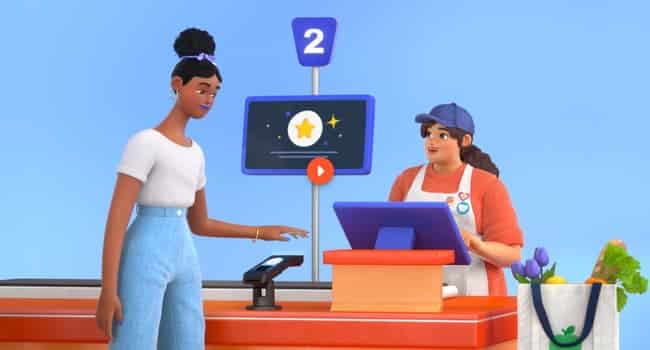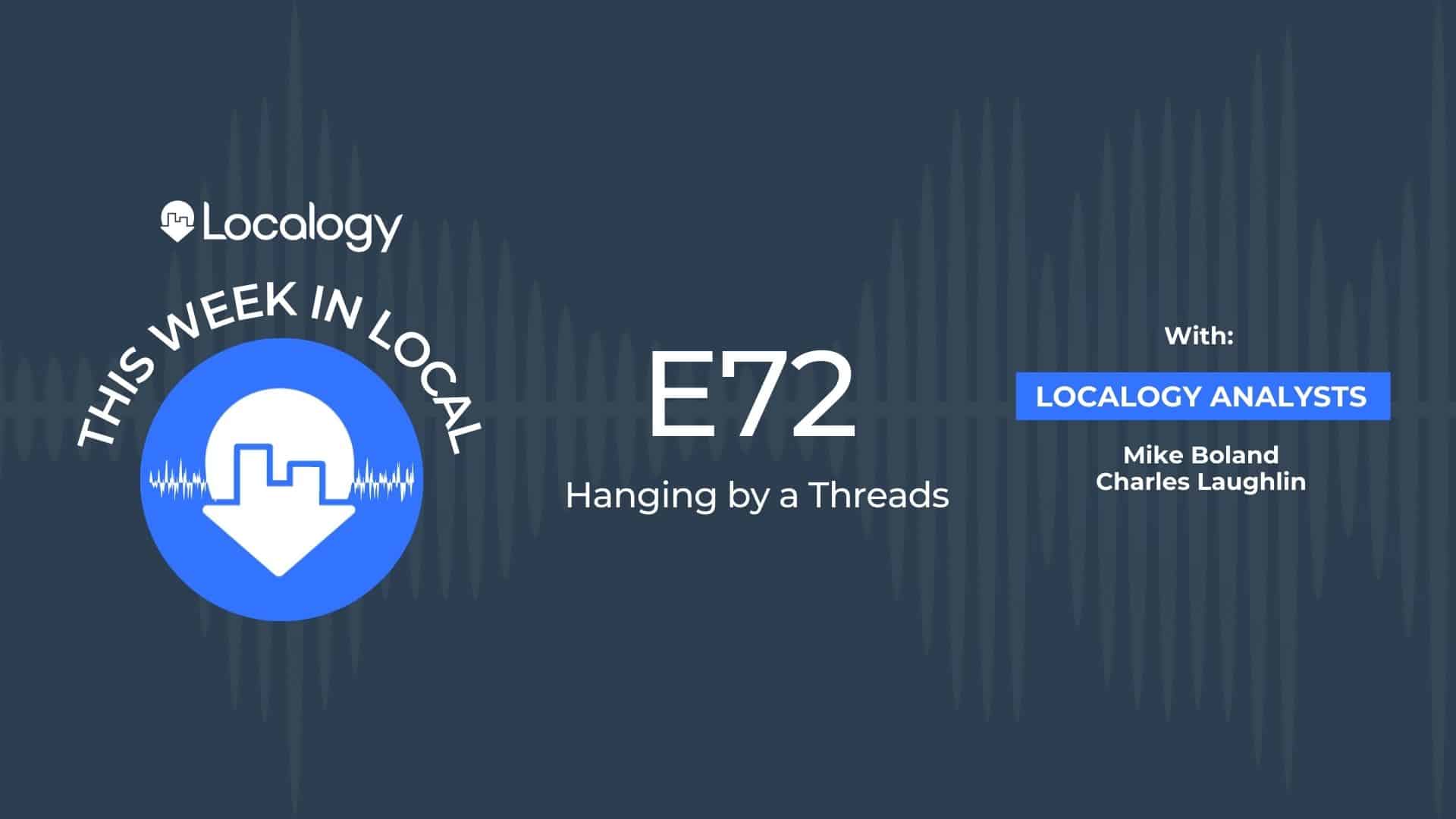Here’s standard practice for writers looking for things to write about. Make sure that you’re not accidentally confusing parody and reality. After all, half the real news these days reads like an Onion article.
Today, I ran across this headline “Dozens of Whole Foods stores will soon let you pay with just a scan of your palm”. Someone unfamiliar with Amazon’s extensive work in biometrics might be tempted to check around and make sure there were other similar articles out there. Waving your palm to buy a bag of groceries. Really?
The fact is that Amazon, which owns Whole Foods, has long been way ahead of the game in biometric payments. This, after all, is the company that lets you grab items and just walk out of the store without paying. Assuming you’ve set up your Amazon Go account, that is. So you actually do pay. It just looks like you’re shoplifting. Which, if we’re being honest, is what makes the whole idea fun.
The palm reading technology, dubbed Amazon One, was first developed in 2020 and used in Amazon Go stores plus its now defunct IRL bookstores. Now it appears ready for wider deployment time. Or at least for an extensive trial at Whole Foods.
Today, news broke that Amazon is rolling the technology out to 65 Whole Foods stores in California. The rollout will begin in Malibu and Santa Monica. I guess we wouldn’t expect Amazon to kick this off in Barstow or Bakersfield.
Privacy Worries?
Amazon One isn’t just for payments. It can also apply to unlocking devices (or doors), and scanning for loyalty points. Imagine a use case involving a bar code, QR code, or card swipe. Amazon One could replace any of these.
Customers can sign up for Amazon One via kiosks or at the point of sale at participating stores. The customer needs to provide a payment card and phone number, agree to Amazon’s terms of service, and share an image of their palms.
As with most biometrics, the idea gives some people the creeps. Even as others blithely confess to crimes while Alexa is silently listening.
One major backlash against Amazon’s palm-reading initiative involved the Red Rocks music venue in Boulder, Colorado. The famed venue dropped plans to adopt the Amazon One technology. Why? A campaign led by artists and privacy advocates called “Amazon Doesn’t Rock” led a successful pressure campaign against the technology.
Amazon says that the palm images captured at the kiosks aren’t stored locally, according to The Verge. Rather they’re encrypted and then uploaded to a dedicated cloud server. There an identifiable palm signature is generated.




